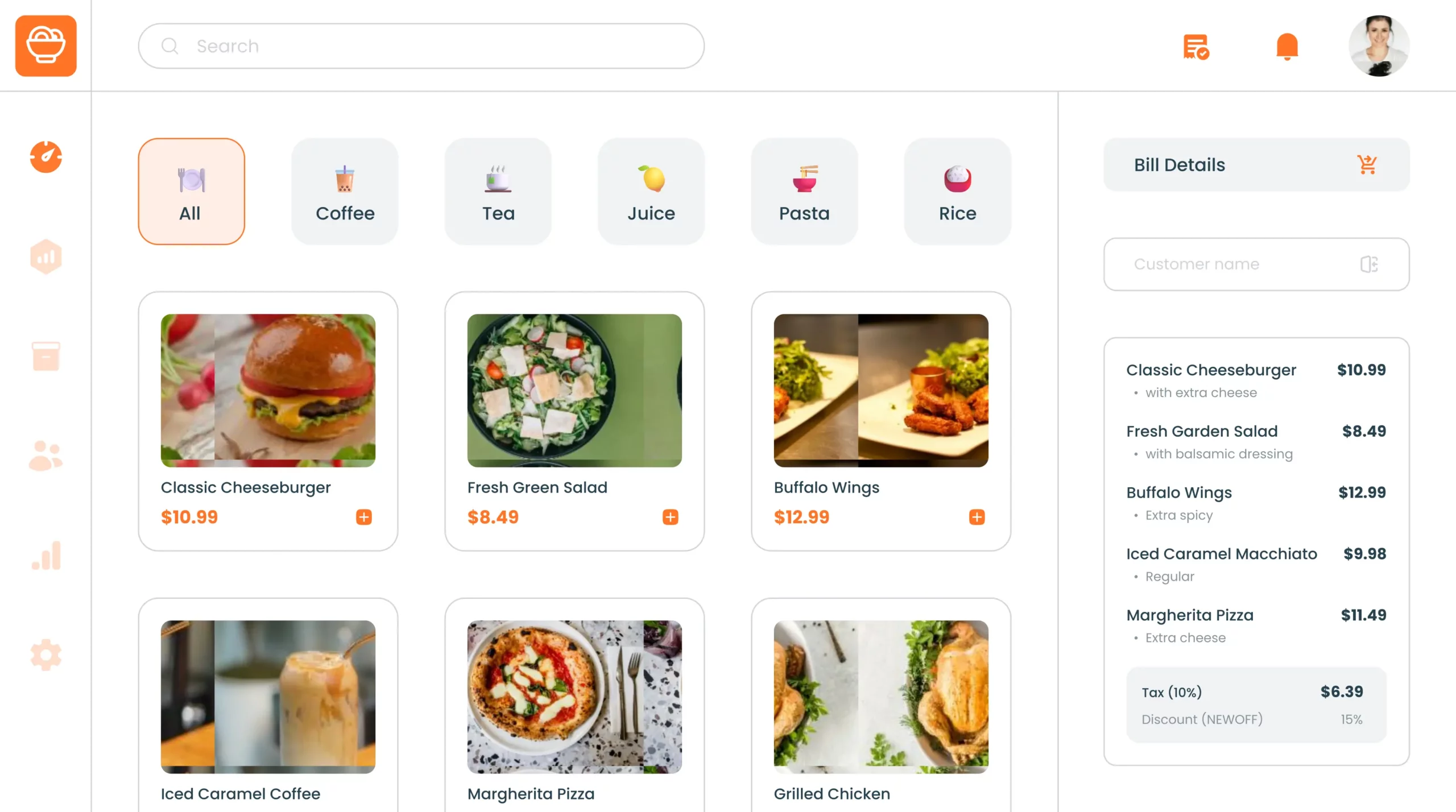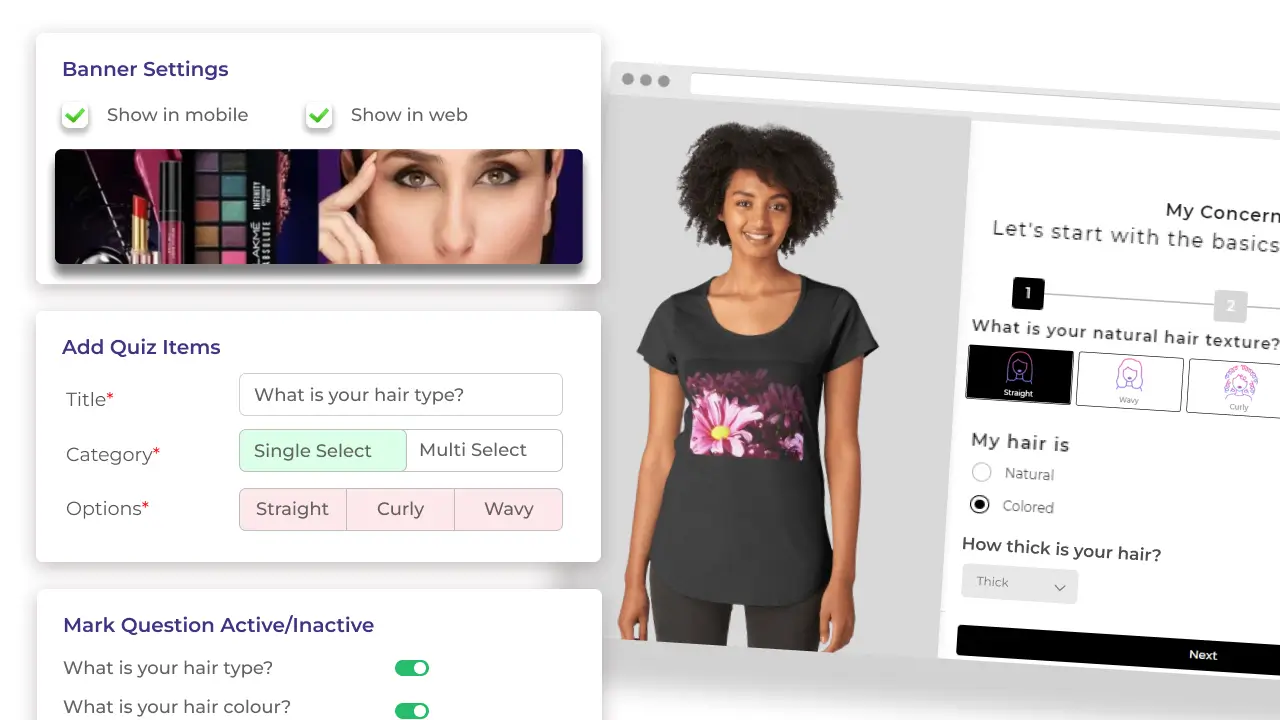Optimize retail operations for better profitability
Transform your retail operations effortlessly with retail apps like inventory management or loyalty program apps, built on low-code technology

From startups to Fortune 500s, the world’s leading teams rely on DronaHQ to build internal tools.
Maximize retail operations with unified data solutions
Unify retail data, streamline store operations, and improve customer experiences through seamless integration of retail apps with databases, and third-party tools

Boost retail efficiency with smart automation
Automate inventory tracking, return processing, and customer communication for faster, more efficient retail operations using our automation feature

Mondelez, a CPG giant boosts retail sales with gamification
Leverage DronaHQ Mondelez built engaging salesforce apps, driving productivity and market penetration in retail environments

Deliver retail experiences with versatile apps for vendors and merchants
Explore omnichannel solutions, efficient tracking, and mobile-compatible apps for enhanced retail experiences, logistics, and supply chain management
Point of sale (POS) apps
Inventory management app
Customer loyalty app
Field mobile apps




Purplle.com significant ecommerce player in the beauty market, scales internal operations
Purplle.com leveraged DronaHQ to rapidly build internal tools, including personalized customer surveys and quizzes, enhancing operational efficiency


















